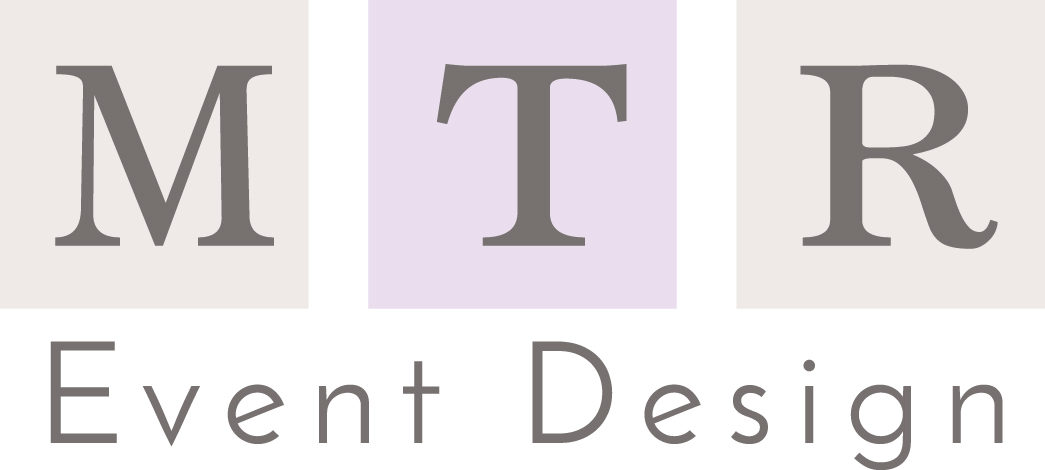Embracing Diversity, Equity and Accessibility
In the present-day context, where conversations surrounding diversity and inclusion take center stage, it is imperative for conference organizers to prioritize the creation of an inclusive environment that embraces and celebrates diverse voices. By nurturing diversity, ensuring accessibility, and implementing strategies to foster inclusivity, conference planners can establish a space that not only welcomes all participants but also enhances the overall experience for everyone involved. Let’s dive into the importance of inclusivity in conference planning and provide some guidelines on how to achieve it successfully.
The Significance of Inclusivity in Conference Planning
Conferences serve as platforms for networking, knowledge sharing, and professional growth. However, if these events lack inclusivity, certain groups may be excluded, resulting in missed opportunities and limited perspectives. Inclusivity in conference planning is crucial for several reasons:
Celebrating Diverse Perspectives
An inclusive conference nurtures an environment that values and celebrates the unique experiences, backgrounds, and perspectives of all participants. By encouraging diverse participation, organizers can foster engaging discussions and enrich the overall learning experience.
Expanding the Pool of Expertise
When conferences really embrace diversity, they open a wider range of expertise, knowledge, and ideas. This diverse array of perspectives can lead to a way to develop innovative solutions, creative multiple levels of collaborations, and a greater understanding of complex issues.
Promoting Equity and Fairness
Inclusivity ensures that all individuals have equal access to conference opportunities, regardless of their background or circumstances. When you promote equity, conferences can address systemic barriers and provide equal and fair access to resources, networking opportunities, and professional development.
Fostering Diversity in Conference Planning
To foster diversity in conference planning, organizers should consider the following strategies:

Diverse Speaker Lineup
Create a representative and diverse lineup of speakers that encompasses various backgrounds, experiences, and areas of expertise. Reach out to underrepresented communities, actively seek diverse voices, and ensure the inclusion of women, people of color, LGBTQ+ individuals, and individuals with learning or physical disabilities. There is so much to learn from everyone, so let’s give them all a voice.
Outreach and Marketing
How about tailoring your outreach and marketing efforts to reach a broad range of communities. Collaborate with diverse organizations and use inclusive language and imagery in promotional materials to attract a diverse audience. This not only is inclusive for everyone and allows you to broaden your reach.
Scholarships and Travel Grants
What if you were to offer scholarships and travel grants to individuals from underrepresented groups? This would allow them to attend the conference and participate in networking and learning opportunities that they might not otherwise have access to. It’s a win-win for everyone and think of the fun it can create.
Ensuring Accessibility for All Participants
Creating an accessible conference environment is crucial to ensure that attendees with disabilities can fully engage. Consider the following accessibility measures:
Venue Selection
Choose a venue that is wheelchair accessible and offers appropriate accommodations such as ramps, elevators, and accessible restroom facilities. Verify and confirm that the venue adheres to accessibility standards and regulations.
Communication Accessibility
Provide sign language interpreters, closed captioning services, and assistive listening devices to make presentations and discussions accessible to individuals with hearing impairments. Ensure that visual materials are accessible, using large fonts and high contrast.

Accessibility Information
Include detailed accessibility information on the conference website, including everything about accessible transportation options, parking, and available assistance services. Encourage all attendees to communicate any specific accessibility needs to the organizers in advance.
Implementing Strategies for an Inclusive and Welcoming Environment
Creating a welcoming and inclusive environment extends beyond diversity and accessibility. Consider the following strategies to foster inclusivity during the conference:
Code of Conduct
Establish a comprehensive code of conduct that explicitly addresses inclusivity, respect, and zero tolerance for discrimination or harassment. It is vital for the success of your conference to communicate the code of conduct to all participants and enforce it throughout the conference.
Inclusive Session Formats
Offer a variety of session formats to cater to different learning styles and preferences. (Link to a website on learning styles) Incorporate interactive and engaging sessions, small group discussions, and opportunities for audience participation from everyone.
Creating an inclusive conference that prioritizes diversity, equity, and accessibility is of paramount importance today. By nurturing diverse perspectives, ensuring accessibility for all participants, and implementing strategies to foster a welcoming and inclusive environment, conference organizers can create a transformative experience. Inclusive conference planning celebrates diverse voices, expands the pool of expertise, promotes equity, and ensures that every attendee has equal access to opportunities. By following strategies such as curating a diverse speaker lineup, offering scholarships, selecting accessible venues, and implementing a code of conduct, conferences can establish an environment that embraces inclusivity and celebrates the power of diverse voices.
